Ann Mazurco is a histotechnologist and has been practicing for 32 years. Currently, she is working in Michigan with Dr. Kirk Wojno. They’ve been doing urology in their lab for the past ten years. They implemented Lumea technology in their lab, such as the BxChip®, about 3-4 years ago for prostate biopsies. Since then, the process of prostate biopsies has changed for the better, reducing materials and time and providing better customer care.
Of the BxChip, Mazurco said, “To be honest, this is the best thing I’ve seen in the years I’ve done this.”
Using the BxBoard®
The BxBoard is a revolutionary way to transport tissue cores from a clinic to a lab. Instead of placing them free-floating in a bottle of formalin, where the cores can tear or curl, a nurse or physician places them on a flat board with individual lanes for each core. Previously, cores would get lost in lids or bottles; now, pathologists can immediately tell if a core is missing through the plastic cover.
“Now we just open the contraption that has all six cores from the left or right side of the prostate, and we can move them from two BxBoards to two BxChips instead of opening 12 jars.”
The BxChip® in the Lab
The BxChip is a new way to store and process tissue cores. Before processing, a tech places each core into its own lane, holding them in place and keeping them level. Because of this, the tissue is easier to examine and process digitally.
Traditionally, prostate biopsies require a lot of time and material. The standard prostate biopsy procedure is 12 biopsies, six from the left of the prostate and six from the right. There would be 12 jars and 12 cassettes. The result would be 12 slides, but if a pathologist requests multiple levels on separate slides, one case could easily end up having 36 slides with an H&E stain. Then, if a pathologist orders a Pin4 stain on several slides, the number keeps increasing. With the BxChip, a lab technician only needs to work with two BxBoards, two BxChips, two cassettes, and two slides. If they create a new slide for each level, they only end up with 6 per case, a dramatic improvement from 36.
“I can store a year’s worth of slides in a cupboard where a year’s worth before would’ve taken up three rows in a basement,” said Mazurco.
That’s less confusion, less time, and less room for error. Also, because there are fewer BxChips needed to store samples, there is less exposure to harmful chemicals like formalin. Less materials and the Lumea BxCamera® make for a faster grossing time. Instead of a technician dictating into a microphone and hand measuring each core, they place the BxChip inside the camera, it takes a photo, and AI automatically grosses and processes the tissue. From there, the images are stored and reviewed digitally.
“It saves time, it saves energy, it saves everything.”
Better Patient Care
“As soon as you get a biopsy, everyone is worried… We want to get the information to the patient as fast as possible. With the BxLink, a patient can get results almost instantly.”
With Lumea technology BxLink™, labs can digitally scan each slide and save high-definition images. Then, a pathologist can view and annotate the slide.
It’s also easier to get a second opinion. Instead of packaging the slide, filling out paperwork, and dropping it off at FedEx, use BxLink to share slides. Now, there is no two-week wait; it goes from lab to lab and pathologist to pathologist with just the click of a button. The BxLink isn’t the only part of Lumea technology that improves client care; the BxChip has enabled a more accurate cancer reading.
“Dr. Wojno created a white paper a couple of years ago during his research where they actually found 8-9% more cancer because each core is on one plane. If it’s your father’s prostate or your husband’s, I would think you would want to know that 8-9%,” said Mazurco. “It’s really revolutionized what we’ve done in the lab. I would never go back… As Lumea moves forward in this industry, it will be applied to other tissues, not just urology. I think this is the beginning of a new day.”

